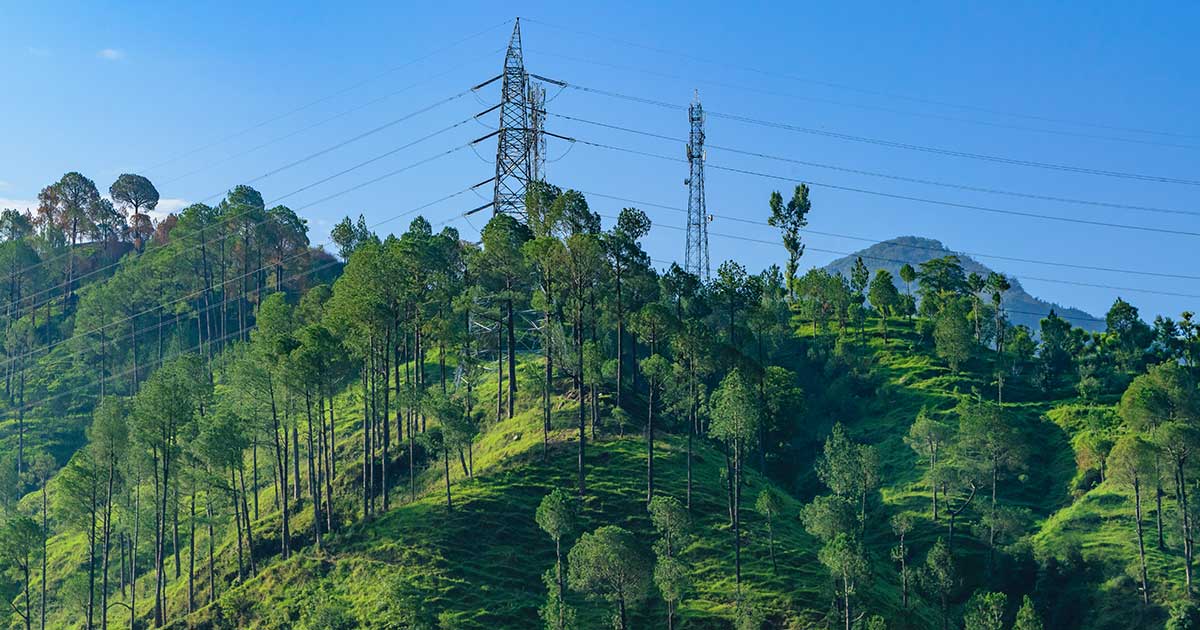Impact of Environmental Regulation on Utility Business
This paper examines the impact of the electric utilities sector on the environment, including global climate change and more local or regional environmental issues such as air pollution.

Generally speaking, emissions reductions are relatively easier and cheaper to achieve in the electricity sector than in other sectors such as heavy industry or freight transportation. In addition, electricity is emerging as probably the preferred energy carrier for decarbonizing end-use sectors such as buildings, passenger transport, and light industry. The electrification of such end-uses is thus a crucial mitigation strategy.
For this reason, the electric utilities sector is at the heart of policy efforts to address climate change. At the same time, the electric utilities sector is subject to a number of other forces that are shaping the sector in significant and fast-moving ways. Most prominent among these is technology innovation. The cost declines in RE have been impressive, with levelized costs of wind and solar declining 67% and 86%, respectively, over the last 8 years, while battery costs have declined at a compound annual rate of 20% per year since 2010. Moreover, technological innovation is also occurring outside of the energy sector as such, in particular with the digitization of all segments of the energy value chain. This will open up new challenges and opportunities for policy-makers and utilities. The exact form of this transition pathway will depend on context-specific factors, including the existing electricity mix, the rate of demand growth, the current regulatory and market structure, as well as diverse social and policy imperatives. The structural trend in supply mixes and wholesale markets appears to be the increasing importance of variable renewable energy.
This will have a significant impact on wholesale markets, both in terms of incentives for flexible operation and dispatch but also on incentives for new generation. The structural trend in the demand side is the emergence of distributed energy resources, including distributed generation, in particular renewables; batteries’ and demand-side response and management. It is here, as well, that the exogenous trend of technology innovation in digitalization will likely have the biggest impact. As a consequence, there will be a need for much greater coordination between transmission system operators (TSOs) and distribution system operators (DSOs), in order to ensure the safe and secure operation of the grid.
The discussion in the paper leads to a number of questions that need to be debated between policy-makers and the private sector:
- How can the transition in the electricity sector be accelerated such that climate change goals can be achieved?
- What key policies are required in order to drive the transition to a more environmentally friendly electric utilities sector?
- What policies could foster a transition in utility business models in line with the changes emerging in the sector?
- How to ensure that this transition is made with a minimum of disruption to the key players in the sector?
- How should wholesale markets be reshaped in view of the increasing penetration of zero-marginal cost renewables?
- What are possible pathways for electricity market reform in view of a high share of renewables in developing countries which have not yet undergone a high degree of liberalization?
- From an economic and institutional perspective, how to ensure the coordination between the transmission and distribution levels in view of the emergence of distributed energy resources?
